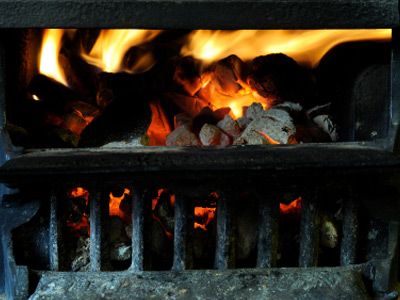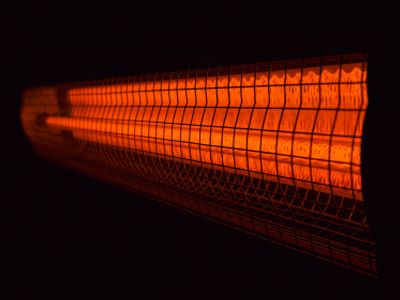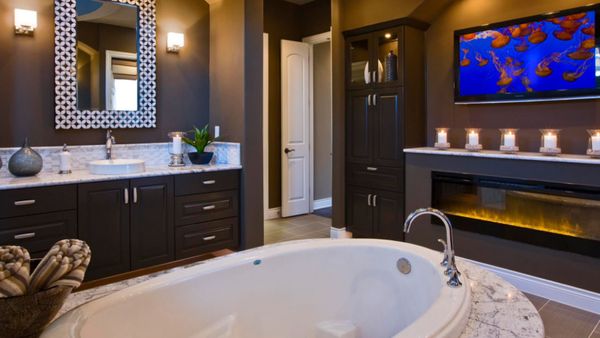According to Freddie Williams, an instructor of air-conditioning technology at Lanier Technical College in Oakwood, Ga., high-grade filters are the most efficient way to clean the air in your home. But what do they look like when they've done their job?
When it's time to change your filter — anywhere from one to three months after you installed a fresh one — it should look dirty.
"A build-up of dust is usually apparent," Williams said. "There should be gray, ashy-looking material on the duct side of the filter."
If your filter looks clean after it's been in place for the recommended time, here are some things you should check:
- Does the filter fit properly into the holder? If the filter is loose or too small for the space, the air can circulate around it instead of going through it. Measure the filter space and purchase a filter that fits snugly.
- Is the filter installed upside down? There is a correct air-flow direction for most furnace filters. Look for arrows on the filter frame, and install the filter so that the arrows point toward the fan.
- Is the filter you're using right for the job you want it to do? If you're using a low-end filter, it's not going to catch much dust. Upgrade to a filter with a higher MERV rating to increase the air cleaning efficiency.
- Check your rate of air exchange. According to Williams, if your system is functioning properly, it should run for about 15 minutes per cycle, with a cycle rate of not more than three in an hour. If it runs shorter cycles, it isn't creating the desired rate of air exchange. Call an HVAC professional and get your system checked.
Your home environment and how often you run the heat or air can also affect how quickly your furnace filter gets dirty.
If your home is well sealed, you have no pets, no dust-prone furnishings like carpet and fabric-covered furniture, and you dust and vacuum every day, your furnace filters will have fewer airborne particles to collect. Also, the system only filters the air when it's running.
If you install a new filter but don't turn on the heat or air conditioning until a month or two later, the filter should still be relatively clean since the system hasn't been forcing air through it.
This article was updated in conjunction with AI technology, then fact-checked and edited by a HowStuffWorks editor.



